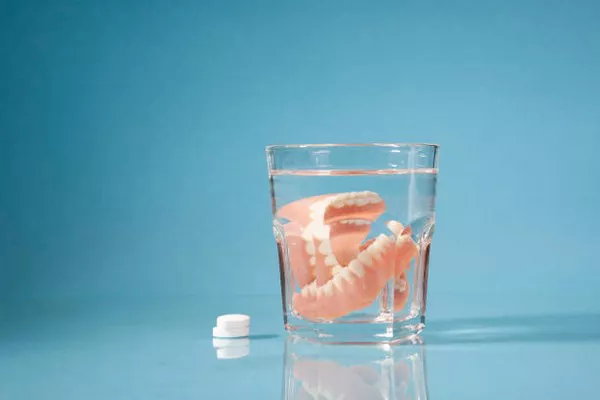Dental fillings are a common procedure used to treat cavities. While most patients experience little to no discomfort after the filling, some may experience tooth pain. This can be concerning for patients who may wonder if this is normal or if there is an underlying issue. In this article, we will explore the causes of tooth pain after a filling and whether it is normal.
What Causes Tooth Pain After a Filling?
Tooth pain after a filling can occur due to several reasons. Here are some of the common causes:
Sensitivity:
Tooth sensitivity is a common occurrence after receiving a dental filling. This sensitivity can last for a few days to a few weeks after the filling has been placed. This sensitivity occurs due to the nerve in the tooth becoming more exposed after the decayed portion has been removed and filled. This usually subsides after a few days as the tooth adjusts to the new filling.
High Filling:
Sometimes, the filling may be too high, causing the teeth to come together awkwardly when biting or chewing. This can cause pain and discomfort in the affected tooth. If this is the case, your dentist can adjust the filling to alleviate the discomfort.
Cracked Tooth:
In some cases, the filling material can cause the tooth to crack. This can lead to pain and discomfort in the affected tooth. If you suspect that your tooth may be cracked, it is important to see your dentist as soon as possible.
Allergic Reaction:
Rarely, a patient may have an allergic reaction to the filling material used. This can cause pain, swelling, and discomfort in the affected area. If you suspect that you may be experiencing an allergic reaction, it is important to see your dentist immediately.
Is It Normal to Experience Tooth Pain After a Filling?
Tooth pain after a filling is a relatively common occurrence. In most cases, this pain is temporary and will subside after a few days. However, if you experience severe or persistent pain, it is important to see your dentist as soon as possible. While some discomfort is normal, lingering pain can be a sign of an underlying issue that needs to be addressed.
What Can You Do to Alleviate Tooth Pain After a Filling?
If you are experiencing tooth pain after a filling, there are several things that you can do to alleviate the discomfort. Here are some tips:
Take Over-the-Counter Pain Medication:
Over-the-counter pain medication such as ibuprofen or acetaminophen can help alleviate the pain and discomfort associated with a dental filling.
Use Desensitizing Toothpaste:
If the pain is due to sensitivity, using a desensitizing toothpaste can help alleviate the discomfort. These toothpaste contain ingredients that help block the sensation of pain in the affected tooth.
Avoid Hot and Cold Foods:
For the first few days after receiving a filling, it is best to avoid very hot or cold foods and drinks. These can cause sensitivity in the tooth and make eating uncomfortable.
Contact Your Dentist:
If the pain persists or is severe, it is important to contact your dentist as soon as possible. They can examine the filling and determine if any adjustments need to be made.
What kind of pain is normal after filling?
After receiving a filling, some degree of pain or sensitivity is normal. This is because the procedure involves removing decayed or damaged tooth structure and then filling it with a new material. Here are some common types of pain that may occur after filling:
Sensitivity to hot and cold: You may experience increased sensitivity to hot or cold foods and drinks for a few days after the filling procedure.
Pressure sensitivity: The affected tooth may be sensitive to pressure, such as when biting down on food.
Throbbing or aching pain: You may experience a dull, throbbing or aching pain in the affected tooth for a few days after the procedure.
Discomfort while flossing: You may experience discomfort while flossing around the filled tooth, especially if it is located near the gum line.
It is important to note that while some pain or sensitivity after a filling is normal, any severe or prolonged pain should be evaluated by your dentist. This could be a sign of an underlying issue such as an infection or cracked tooth. If you experience any unusual symptoms or have concerns about your dental filling, it is always best to consult with your dentist for proper evaluation and treatment.
Conclusion
Tooth pain after a filling is a common occurrence. While some discomfort is normal, lingering pain can be a sign of an underlying issue that needs to be addressed. By understanding the causes of tooth pain after a filling and following the tips provided, you can alleviate any discomfort and ensure that your teeth remain healthy and strong. If you have any concerns about tooth pain after a filling, it is important to contact your dentist for an evaluation.
Related Topics:































